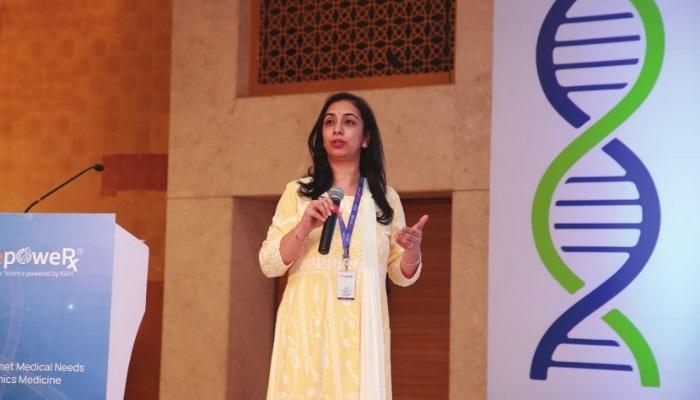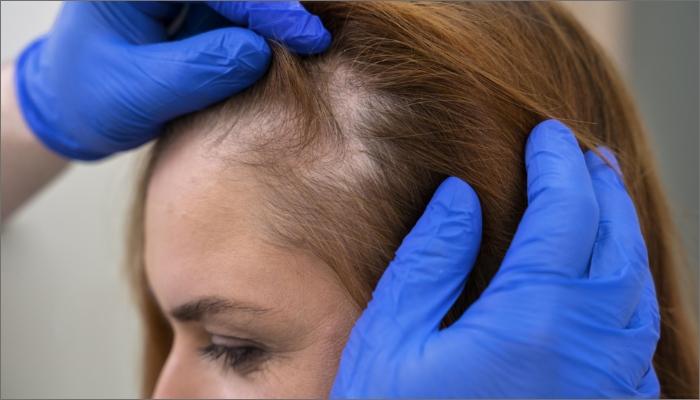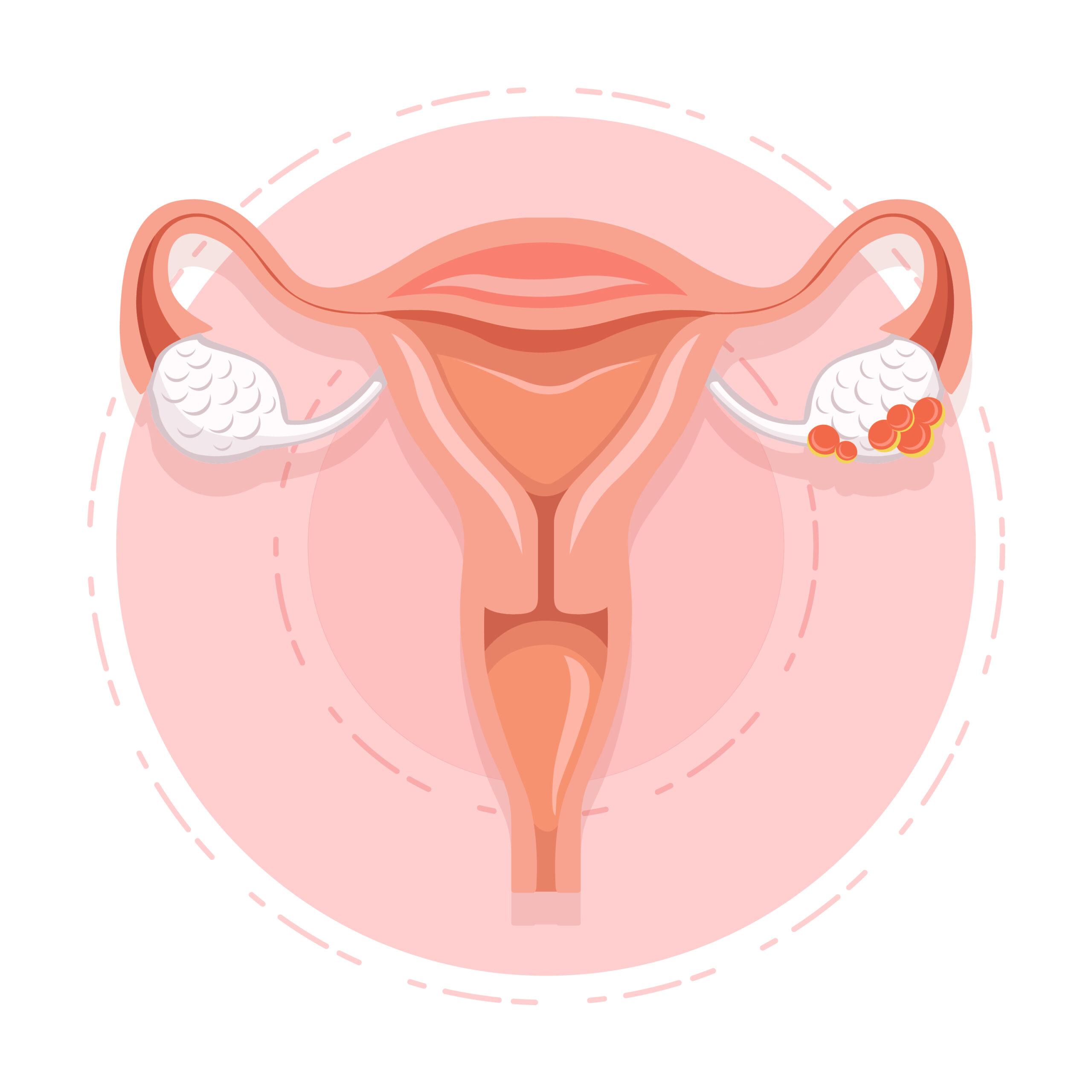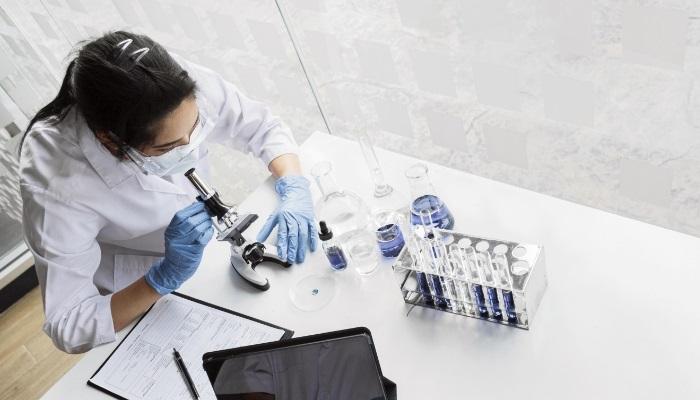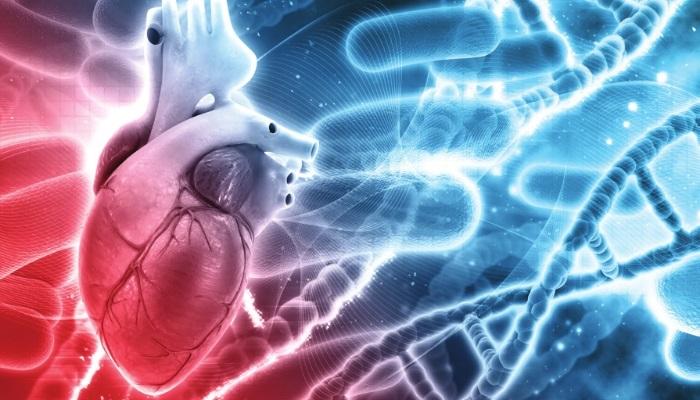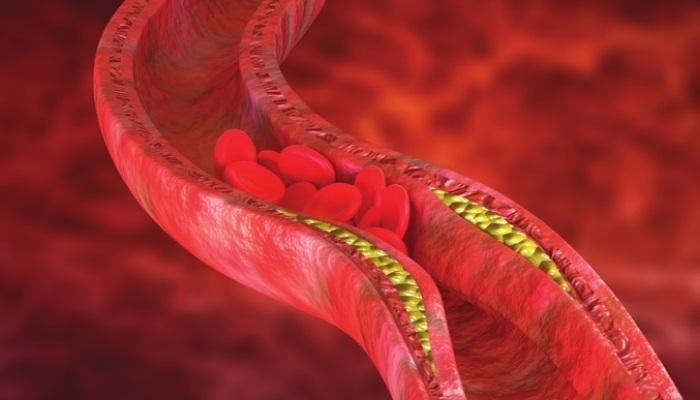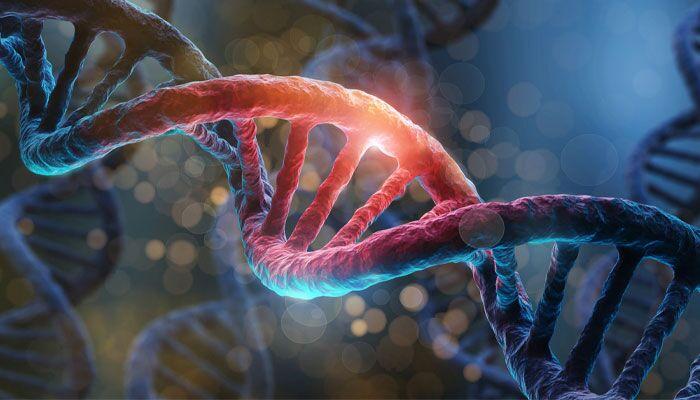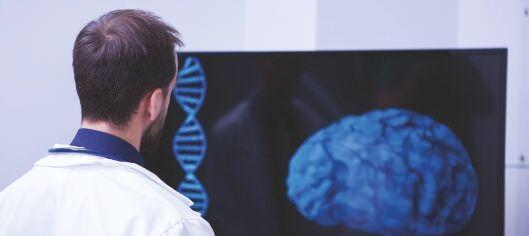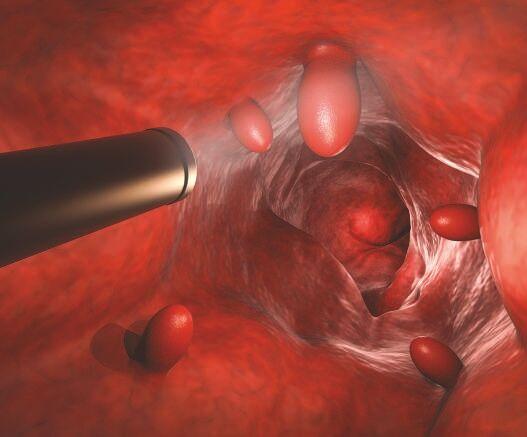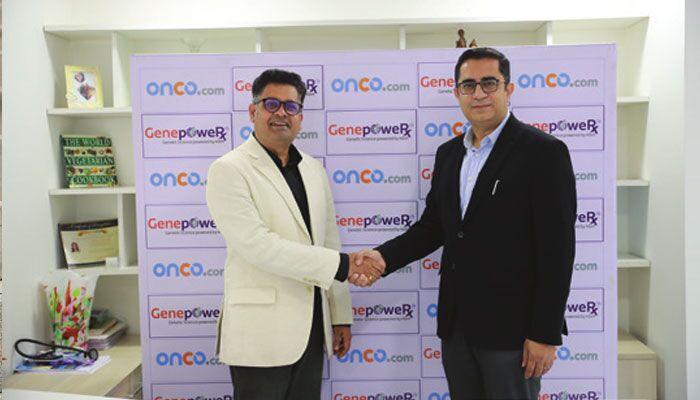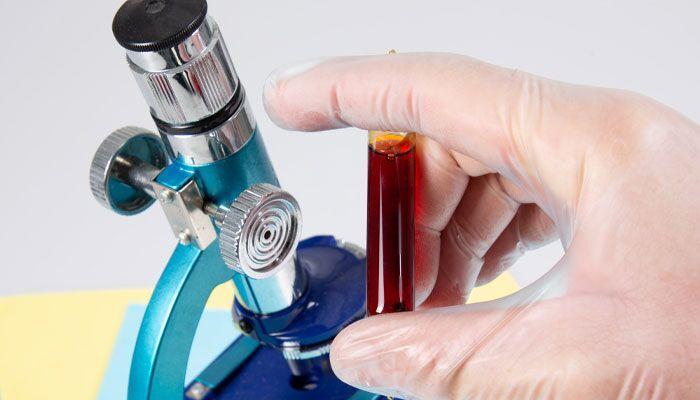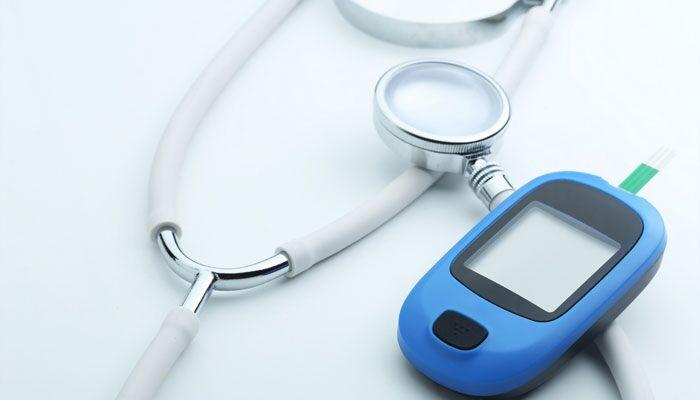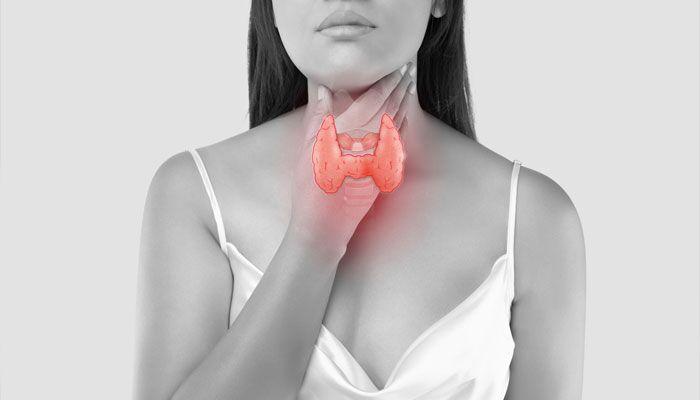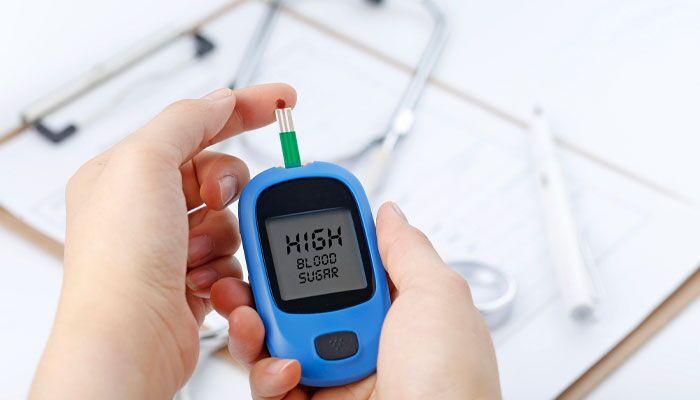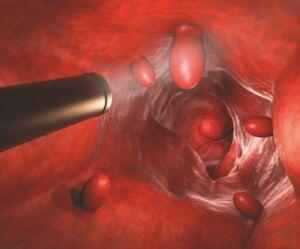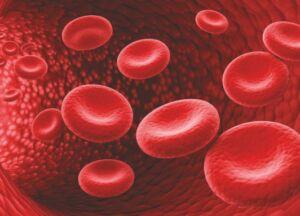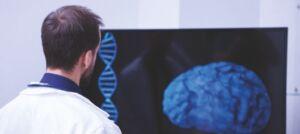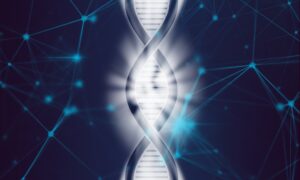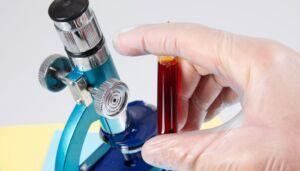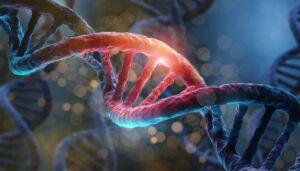
Role of Genetics in Aromatic L-amino Acid Decarboxylase (AADC) Deficiency

Aromatic L-amino acid decarboxylase (AADC) deficiency is a very rare genetic disorder, marked by decreased activity of the enzyme, aromatic L-amino acid carboxylase. This gene is responsible for synthesis of neurotransmitters, mainly dopamine and serotonin, that helps in communicating between the neurons in central nervous system.
Babies born with this condition appears to be normal but develops its symptoms during the first few months of life. Age of onset of initial symptoms for this deficiency disease varies from the time of birth to the first 12 months of life. The severity of the disease can vary from one individual to the other. Infants affected by this ailment are more likely to develop medical complications such as reacting inappropriately to surgery. As a result, the survival rate of children with severe form of this disease is very low. Some of them don’t even live through childhood.
Symptoms of AADC deficiency
This deficiency disease is characterized by certain
symptoms as mentioned below:
- Hypotonia (decreased muscle tone)
- Oculogyric crisis (abnormal eye movement)
- Developmental delay
- Restricted growth
- Disruption of the autonomic nervous system
Signs and symptoms manifested in AADC deficiency become more prominent or worsen later during the day or when the individual is tired. These symptoms tend to improve after the person wakes up after a sleep.
Genetic inheritance of AADC deficiency
AADC deficiency is an example of an autosomal recessive disorder. It means that the affected individual inherits an abnormal gene from each parent. If the individual gets one normal and another abnormal gene for this condition, they will be a carrier for the disorder, although usually not showing any symptoms. When two carrier parents have an offspring, chances of that child inheriting the abnormal gene from both the parents is 25% with each pregnancy. There are 50% chances for the child to be a carrier just like the parents. The likelihood of having a normal child is also 25% in this case. Both males and females stand same risk of inheriting this deficiency.
Role of Genes in AADC deficiency
Mutations or alterations in a gene called DDC (DOPA decarboxylase) results in AADC deficiency in a person.
The DDC gene is important for proper functioning of nervous system as it provides instructions for making the AADC enzyme. An abnormal DDC gene results in production of an AADC enzyme which is dysfunctional and cannot perform its normal functions. AADC enzyme catalyzes chemical reactions involved in the synthesis of molecules called neurotransmitters.
These neurotransmitters, dopamine and serotonin, are required for proper communication between neurons that form a part of the central nervous system. Other neurotransmitters such as epinephrine and norepinephrine are part of the sympathetic nervous system and respond to the “flight or fight” situations. Dopamine is responsible for motor control while serotonin regulates the sleep-wake cycle, appetite, memory, and mood. A deficiency in the AADC enzyme causes these neurotransmitters not to perform to their optimum levels, resulting in manifestations of symptoms evident in AADC deficiency disorder.
Although there is no cure for AADC deficiency till date, a number of medications are available to help manage the symptoms. Gene therapy also holds great promise for future of its treatment. Adeno-associated virus (AAV) human AADC gene therapy (AGIL-AADC) helps in correcting the underlying molecular defect that leads to the disease. The aim is to increase dopamine levels in the brain by inhibition of monoamine oxidase (MAO) and use of dopamine agonists to directly stimulate dopamine receptors. With future medical advancements, we can surely look forward to saving the lives of infants affected by AADC deficiency disorder.
References :
- Aromatic L-amino acid decarboxylase deficiency. Rare disease database. https://rarediseases.org/rare-diseases/aromatic-l-amino-acid-decarboxylase-deficiency/. (Accessed on 29 November, 2022)
- Aromatic L-amino acid decarboxylase deficiency. National center for Advancing
Translational Sciences. https://rarediseases.info.nih.gov/diseases/770/aromatic-l-amino-acid-decarboxylase-deficiency. (Accessed on 29 November, 2022) - Aromatic L-amino acid decarboxylase deficiency. MedLine Plus. https://medlineplus.gov/genetics/condition/aromatic-l-amino-acid-decarboxylase-deficiency/#inheritance. (Accessed on 29 November, 2022)
- First therapy to treat rare genetic nervous system disorder AADC deficiency. European Medicines Agency.
https://www.ema.europa.eu/en/news/first-therapy-treat-rare-genetic-nervous-system-disorder-aadc-deficiency. (Accessed on 29 November, 2022) - Aromatic L-amino acid decarboxylase deficiency (NORD). Osmosis from ELSEVIER. https://www.osmosis.org/learn/Aromatic_L-amino_acid_decarboxylase_deficiency_(NORD). (Accessed on 29 November, 2022)
- Gene therapy for the treatment of AADC deficiency. National Center for Advancing Translational Sciences. https://ncats.nih.gov/trnd/projects/complete/aadc-deficiency. (Accessed on 29 November, 2022)



